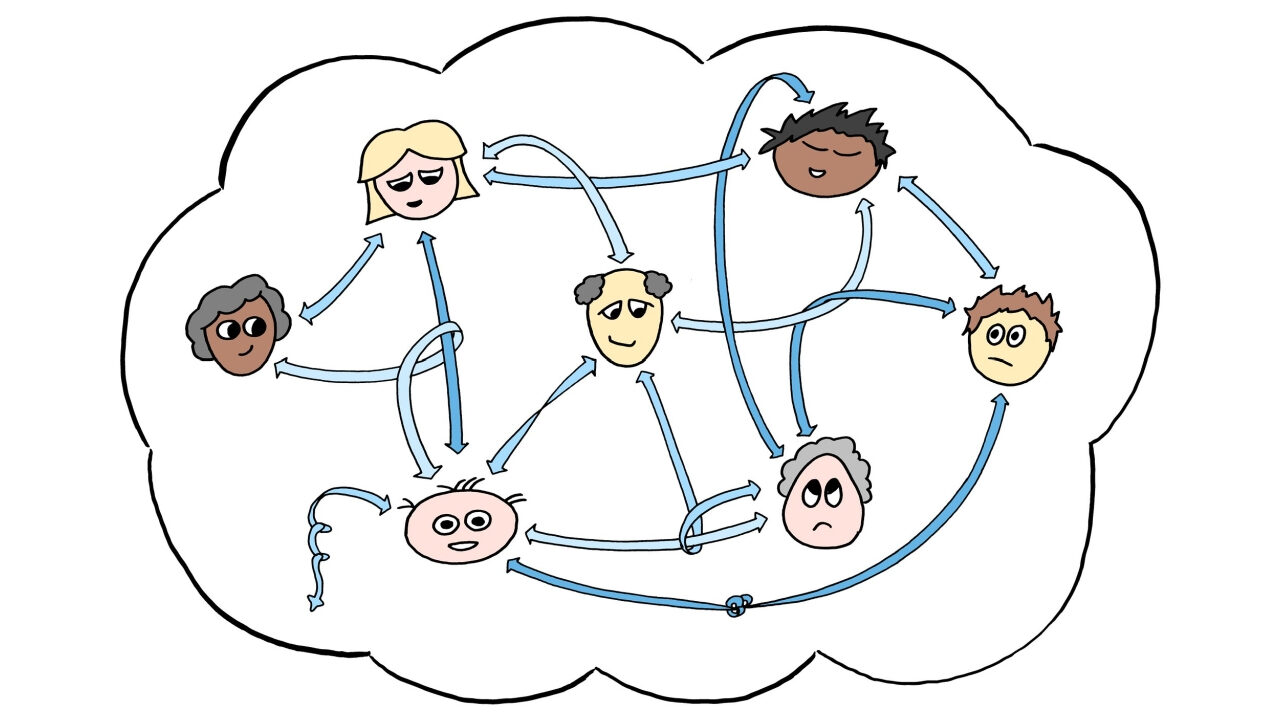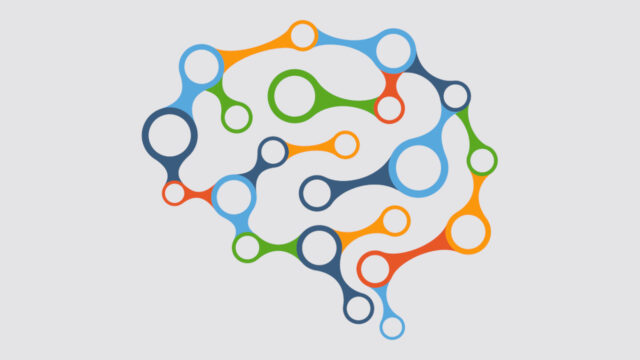
Fifteen characteristics of complex social systems
By Hamilton Carvalho. Originally published on the Integration and Implementation Insights blog.
What is it about complex social systems that keeps reproducing old problems, as well as adding new ones? How can public policy move away from what I call the Mencken Syndrome (in reference to a quotation from American journalist Henry Mencken) – that is, continually proposing clear and simple solutions to complex social problems – that are also wrong!
With this goal in mind, I have compiled a list of fifteen major characteristics of complex social systems based on the system dynamics and complexity sciences literatures, as well as my own research.
- Networks of heterogeneous social actors. In all social systems, the people involved can be thought of as networks of heterogeneous social actors. Not only are individuals different from each other, but they also constantly interact within several spheres of life (eg., natural, technological, cultural, social, political). Information percolates at different speeds and under the influence of specialized social actors (eg., influencers, information brokers). Typically, the available information is so huge that it can only be sampled by the social actors, so that communication is based on these samples.
- Emergence. Some complex system behaviours are underpinned by simple rules governing the actions of social actors. Hence, the behavior of the whole system is different from that of individual social actors and can be said to emerge from the behavior of social actors.
- Endogeneity. The dynamics of systems arise spontaneously from their internal structure. Self-reinforcing and balancing feedback loops define how the system behaves over time. Small, random perturbations can be amplified by the system’s feedback structure, creating patterns in space and time.
- Nonlinearity. Effects are rarely proportional to causes. Instead, nonlinearities are the rule. What happens locally in a system, near the current operating point, may not apply in other parts of the system.
- Scaling. The Pareto principle, or “80-20 rule” is useful for explaining why problems such as income inequality persist. More generally, most social problems are caused by a small percentage of groups or individuals.
- Different time scales. Changes in systems occur on many different time scales, and such scales sometimes interact among themselves. For instance, a long-term policy for developing biofuels may have weak consequences for food production under normal circumstances, but the strike of a hurricane may change everything, leading to food shortages.
- Path dependence. Decisions alter the state of the world, causing changes in the system and triggering other social actors to act. The new situation then constrains the path for subsequent courses of action. Hence, choosing a path often leads to irreversible consequences that determine the fate of the system, making it history-dependent.
- Delays and accumulation of stocks. Actions and policies usually require a long time horizon to manifest their results. Material stocks (eg., financial resources, people) and non-material stocks (eg., reputation, human capital) accumulate over the continuous passage of time. Moreover, delays in recognizing problems and changing the course of policies create strong inertia in social systems. Think of all the CO2 trapped in the atmosphere or the ‘stock’ of poor people with low educational levels.
- Adaptation, learning and exploitation. Capabilities and decision-making rules employed by social actors change over time. Adaptive systems may balance exploitation and exploration. Many social actors strive to find points of exploitation in the system.
- Presence of surprising and counterintuitive behaviors. Causes and effects are distant in time and space. The natural tendency of human beings is to pay attention to symptoms. Causes are often buried under deep layers of systemic structures. Thus, effective policies are often not obvious.
- Policy resistance. The complexity of systems overwhelms our ability to understand them. Many seemingly obvious solutions fail or worsen the situation, since systems counterbalance the forces applied to them.
- Temporal trade-off. The long-term response of a system is often different from its short-term response. Effective policies often cause worse-before-better behavior, while superficial solutions tend to produce small improvements and then make the underlying problem worse over time.
- Resilience. Complex social systems have different degrees of resilience. They typically absorb most of the ‘normal’ disturbance from the outside, but resilience is lost when tipping points and thresholds are crossed.
- Local rationality. Bounded rational social actors strive to reach their own goals, which often are in opposition to the goals of the entire system.
- Balance of power and narratives. In any social system, a balance of power favors some class or network of social actors. The groups who have access to political and economic channels often control the societal mechanisms of sense-making – perceiving and interpreting problems, opportunities and pressures for change.
Do these characteristics of complex social systems resonate with you? Do you have others to share? Do you have examples from your experience where these characteristics were essential to explain what is going on?
To find out more and for references to the ideas cited, see:
Carvalho, H. C. and Mazzon, J. A. (2020). Embracing complex social problems. Journal of Social Marketing, 10 (1): 54-80. (Online) (DOI): https://doi.org/10.1108/JSOCM-03-2019-0049
Biography:
 |
Hamilton Carvalho PhD works for São Paulo State government in Brazil. His main areas of interest are complex social problems and social behaviours of public interest. |
Article source: Fifteen characteristics of complex social systems.
Header image source: Jurgen Appelo on Flickr, CC BY 2.0.





